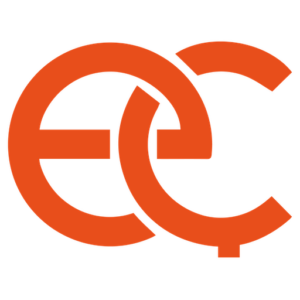“Is stroke temporary?”, ‘is stroke treatable?’ are the first issues that patients who had a stroke and their relatives are curious about. In fact, stroke means permanent damage to the brain by definition. However, the injury and disability caused by stroke may be got over in time. So, the person who had a stroke can return to their normal life. For the actualization of the recovery, physical therapy and rehabilitation is very important.
Stroke Happens in Minutes, Its Effects Can Last for Years
Distortion of the blood circulation that supplies nutrients to the brain due to brain vascular occlusion, brain embolism or brain hemorrhage may cause brain injury within minutes. For this reason, it is vital to recognize stroke immediately and start treatment early. The earlier treatment is started, the better the recovery.
Continue reading: “Why Does Stroke Happen?”
Recovery is Possible with Early and Effective Treatment
The stroke treatment mainly has 2 stages. The first stage includes the treatments such as medications and surgery which are applied by transporting the patient to the hospital in the first minutes and hours after the stroke occurs. These treatments contain aims like restoring the blood circulation by opening the blood vessels, reducing the intracranial edema and preventing the life-threatening conditions. Vasodilator treatments can be useful for up to 3 to 4,5 hours. After this time, the damage to the brain happened unfortunately.
So how can recovery be achieved in this situation? This is where the second stage of stroke treatment, namely neuro-rehabilitation, comes to the foreground.
What is Neuro-Rehabilitation?
Rehabilitation ensures restoring a damaged organ to its former function or the adaptation of an individual to a new condition. Rehabilitation falls under the “Physical Therapy and Rehabilitation” category in medicine. On the other hand, Neuro-Rehabilitation can be briefly defined as the rehabilitation of neurological diseases. Neuro-rehabilitation applications are done for the patients who develop paralysis situation as a result of stroke.
In case of the brain paralysis caused by a stroke, the neuro-rehabilitation program is started after the life-threatening situation is overcome, that is, generally after the first 24 hours.
Recovery Process After Stroke
Our brain is one of the most complex structures we know in the universe. It is the organ where our thoughts, feelings and memories are formed. It was supposed that the brain was largely static. The brain was thought to grow and develop rapidly in the womb and during infancy, and to remain pretty much static throughout our adult lives. We all know well that children have a wonderful ability to learn new things. But even in adulthood and beyond, our brains have a high adaptive capacity. This is called neuroplasticity.
The Key to Recovery in Brain Paralysis: Neuroplasticity
Neuroplasticity refers to the ability of the brain to take different shapes just like a soft plastic material. We experience plasticity when we learn to speak a new language or play an instrument. Neuroplasticity is also a major factor in the recovery of stroke.
The brain contains specialized subdivisions for different tasks. If the brain cent that manages the movement of the arm is destroyed during a stroke, the person loses the ability to move the arm and paralysis develops. If the speech center is damaged, various language or speech problems arise. To treat these problems, the learning mechanisms are benefited from.
In case of brain injury, the nerve circuits in the intact part can take over the functions of the damaged parts with rehabilitation. Starting rehabilitation early, repeating exercises, stimulating the brain with interesting therapy methods and providing feedback to the person about their efforts are key elements for maximum recovery.
Importance of Rehabilitation in Stroke
Recovery after a stroke involves intensive teaching and learning activities. We can learn a new language on our own, we can do it much faster and more accurately but with a good teacher. You can think of physical therapy and rehabilitation as a school that guides a person back to normal life after a brain injury. In the physical therapy process:
- The patient is evaluated, treatment goals and the ways to be followed to achieve these goals are selected.
- Therapies that have been shown to be effective in the light of previous scientific studies are applied.
- The patient is re-evaluated at certain intervals and changes are made in the methods if necessary.
- Technologies such as robotic rehabilitation, computerized systems, virtual reality increase treatment possibilities.
The recovery process after stroke may often take months or years or continue for even a lifetime. The rehabilitation of the person can continue in inpatient physical therapy clinics, outpatient physical therapy units or home programs according to the stage of recovery.

